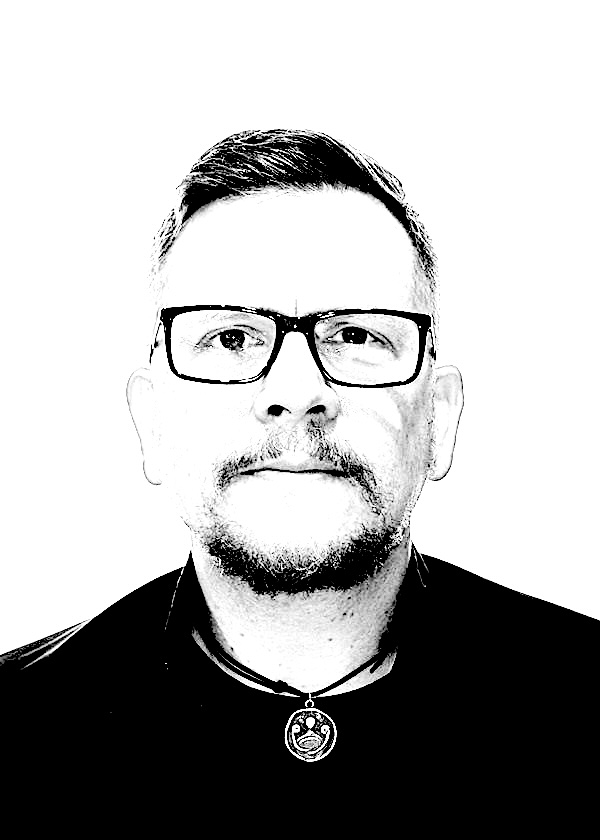This article first appeared in the January 16, 2016 Times-Colonist for their Spiritually Speaking column / blog.
2013 marks the twentieth anniversary of my first visit to Vancouver Island. As a wide-eyed 19 from Ontario, I took in the sights and sounds of this amazing city based out of a lively hippie house in Fernwood. I camped at Mystic Beach – dancing and drumming with fellow hippies of European descent chanting Hindu chants around a blazing campfire. I also experienced the warm hospitality of squatters (since evicted, I’m told) who served one of my most memorable vegan meals: chicken-of-the-woods mushrooms with fresh wild herb sauce; all culled from the land around the beach.
This was my first taste of West Coast culture and religion – or shall I say ‘spirituality’: the earth, the east and other eclectic elements all mixed together.
A lot has changed since that time. Far from my more ‘free spirited’ days, I’m now married and a parent of twin toddlers. I even own a minivan. I’ve spent the last 15 years in ministry in the sometimes staid and starched Christian Church.
This past summer, my wife, a Victoria native and I, a lifetime Ontarian – our twin toddlers in tow – made the big move out here. We came to follow the call to serve this City as part of the Christian (and more specifically, Anglican) Church.
In so many ways life here has been a breath of fresh air – yes, even in the Church – though I admit I’m still processing all that I’m experiencing in this “Victorian” Christianity.
My first impression of the Church here is perhaps reflected by the art in a chapel in which I occasionally worship. On one wall hangs a traditional crucifix. On another, there is a lush modern photo of the majestic ‘Three Sisters’ cluster of trees in the Carmanah Valley.
Here, traditional religiosity co-exists – perhaps uncomfortably – with various expressions of nature-based and/or eclectic and/or eastern and/or esoteric spiritualties.
In the Church I’ve experienced here, terms such as meditation and contemplative prayer are common. A Christian campus ministry flyer in town advertises a meditation group – with a photo of members sitting in lotus position. They also offer a simpler living group. A number of Christian worship services I’ve participated in have begun, not with 19th century church bells, but with the deep tone of a Tibetan Buddhist singing bowl. The Rt. Rev. James Cowan, the Anglican Bishop on the island has commissioned a ‘Cascadian Eucharistic Rite’ seeking to engage some of the impulses of Canadian west coast Christian spirituality.
But it’s not all eclectic and esoteric here. On Fridays, I sometimes attend mass at St. Andrew’s Catholic Cathedral. There are usually around 100 folks – clearly an ethnically and economically diverse lot. Many come early to pray the rosary and stay afterwards for sacramental adoration; praying to the Real Presence of Jesus; consecrated bread held in a medieval invention called a monstrance. Some of the art in that Cathedral reflects West Coast spirituality (including an amazing altar and lectern by two First Nations artists), while much of the other art and many of the beliefs and spiritual practices reflect traditional Roman Catholicism to the core.
I hear of growth and renewed energy in Victoria’s Anglo-Catholic parish – perhaps unexpected for a group who worship in an ultra-traditional style with bells, incense, chants, and robes. Glad Tidings Pentecostal Church downtown which is traditional in a different way – that is to say, doctrinally – boasts a congregation of about 1200.
So even amongst the West Coast stereotype of surfer-hippie, yoga-loving, spiritual-but-not-religious types – I’ve experienced a Church that has eclectic elements held in tension with more traditional forms of Christian faith.
As I take it all in (and try to figure out where I fit), I’m grateful that the Christian Church in ‘the west’ exists as a tapestry of deeply rooted tradition as well trying to engage with the wider culture. Both ‘camps’ aren’t without their issues and problems. But I don’t think we’ll ever be whole as a Church if we don’t learn from and listen to both these impulses.
As I struggle to figure out this context, I imagine I’ll keep wandering into that weekday mass with its monstrance amidst the First Nation art. I’ll keep praying in that chapel adorned with crucifix and ‘sacred grove’. I’ll keep worshipping at St. Philip Anglican – my home parish – where contemplative practice is contrasted with the welcome, chaotic sounds of children and modern praise music.
And hopefully one day soon I’ll get back to Mystic Beach to reminisce about that great meal I shared with squatters, surfers and hippies 20 years ago – even as I sit on a rock overlooking the ocean with rosary in hand, praying ancient prayers to the God who somehow holds all this in tension.
